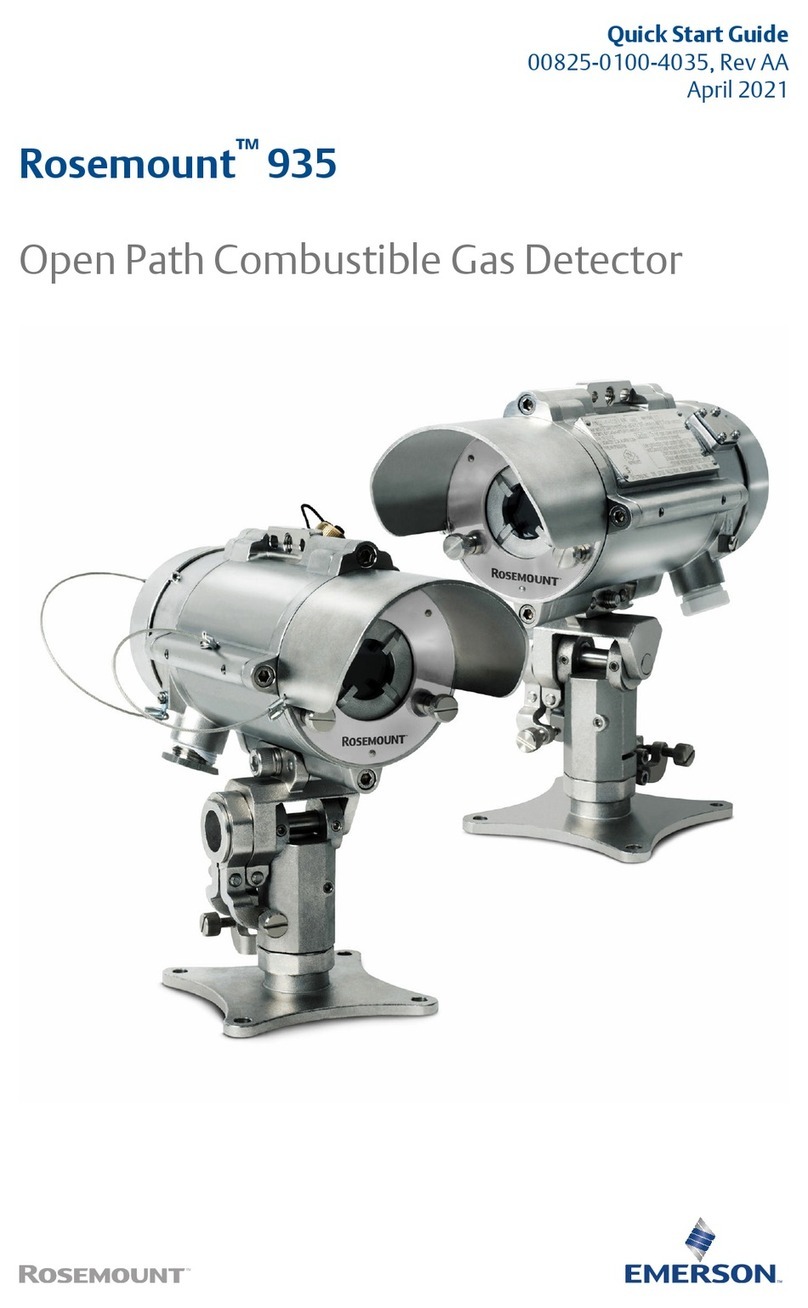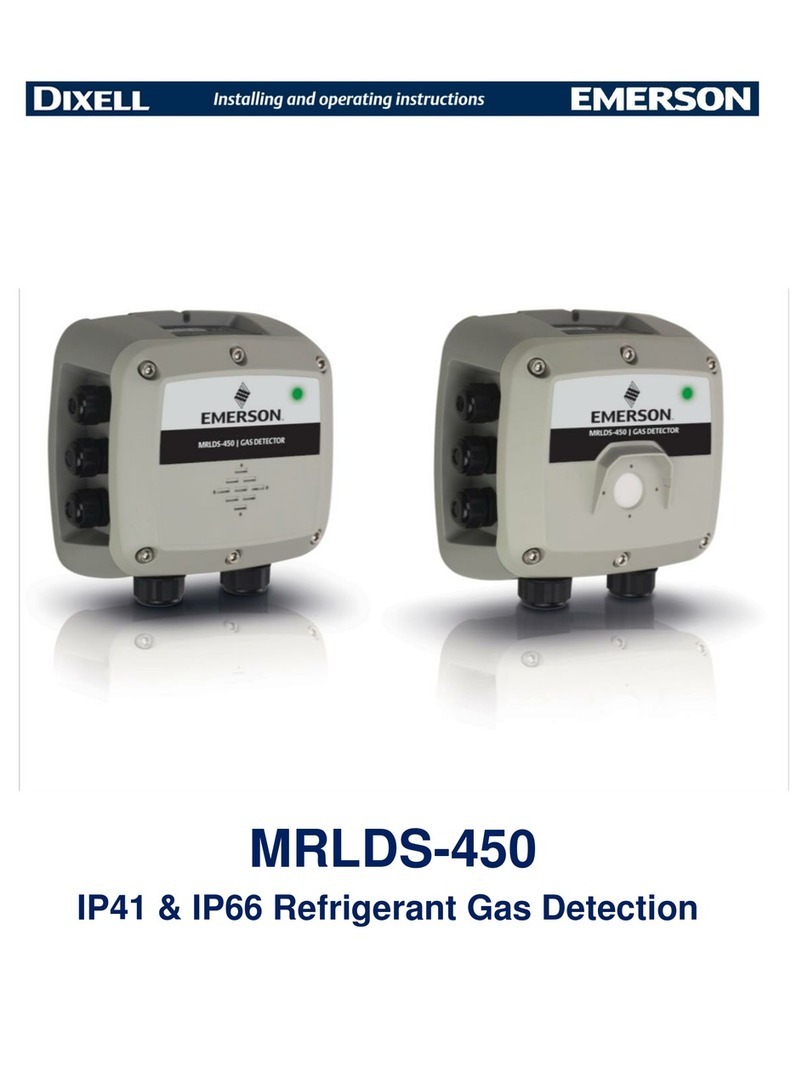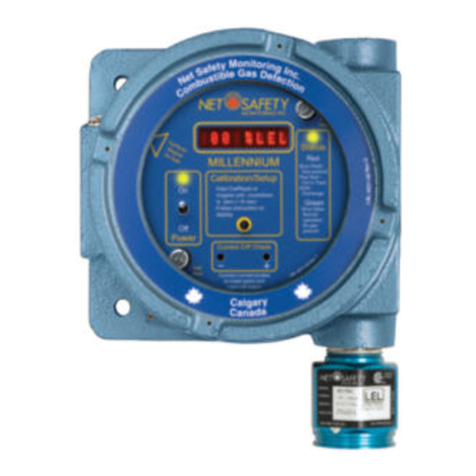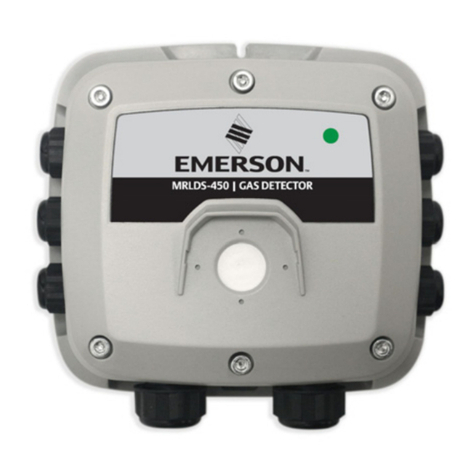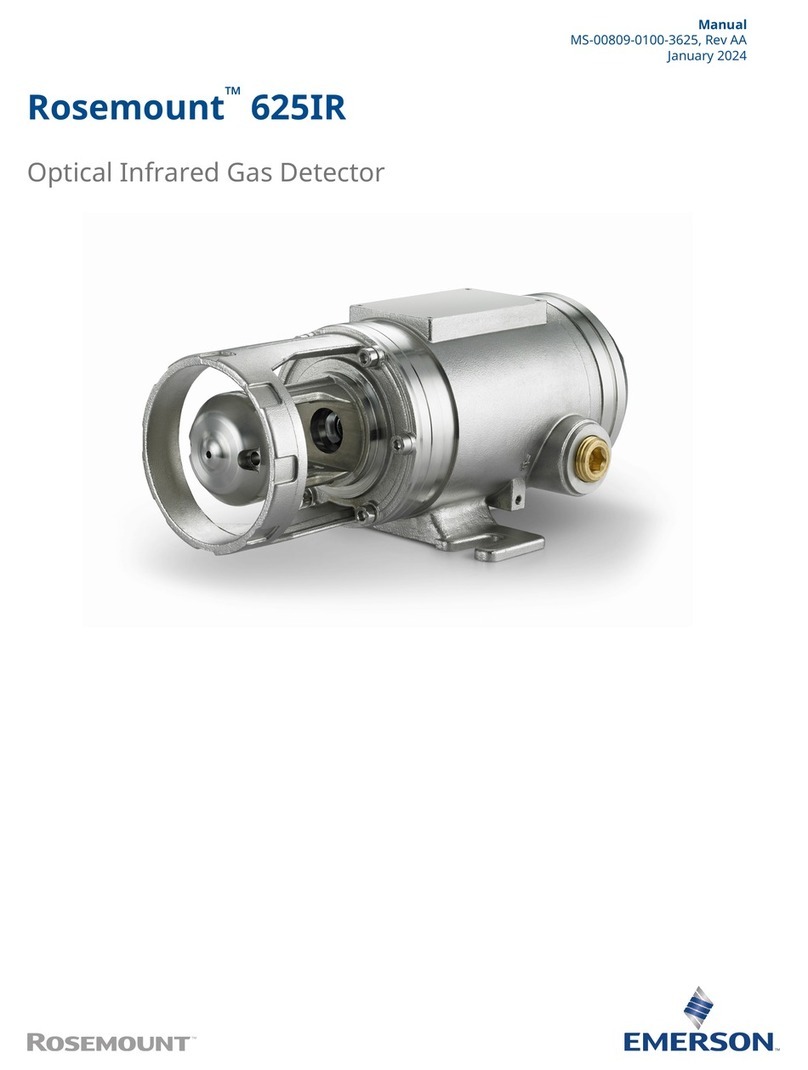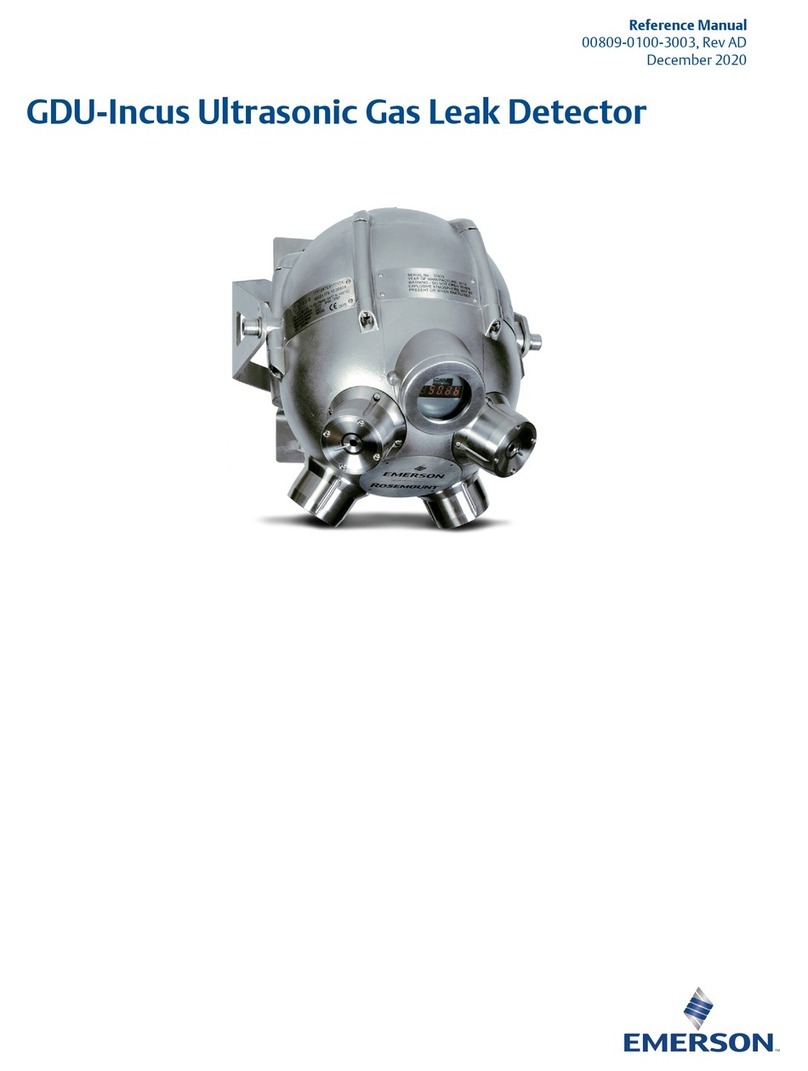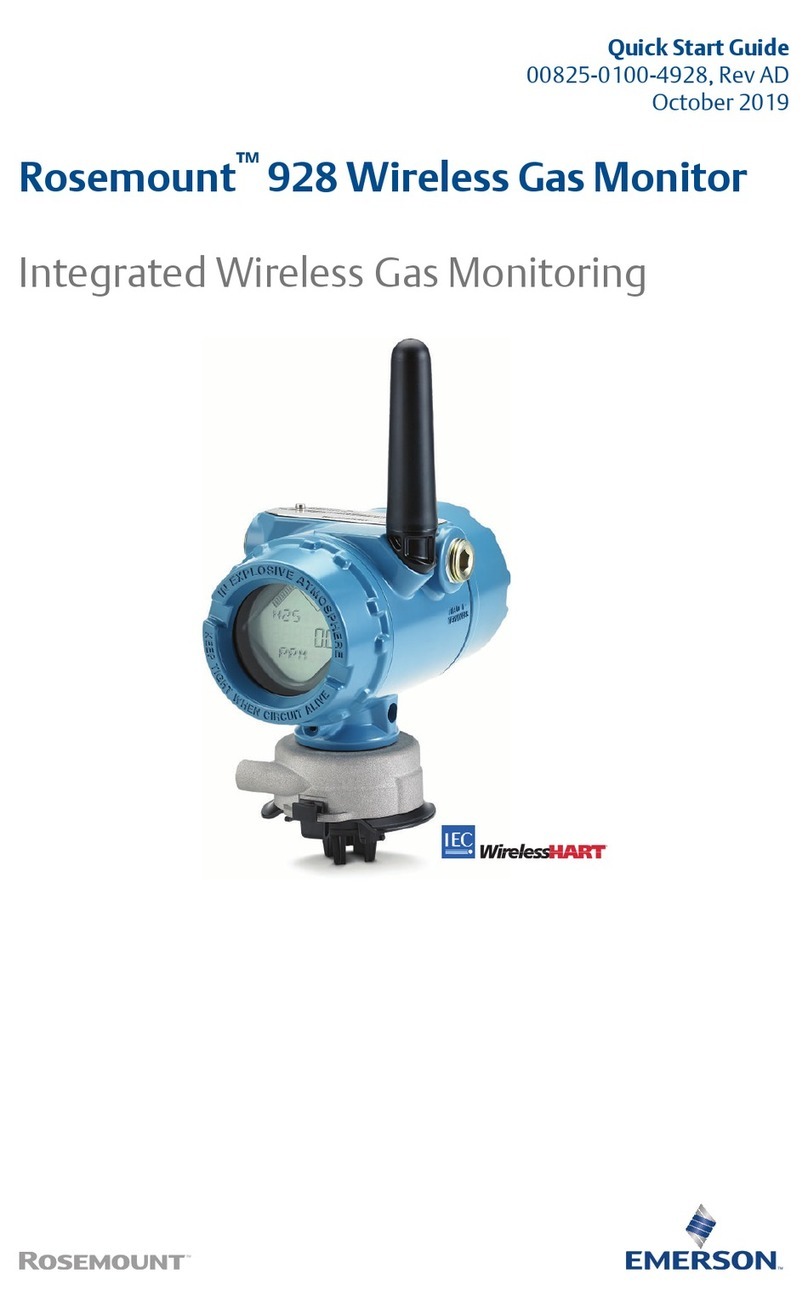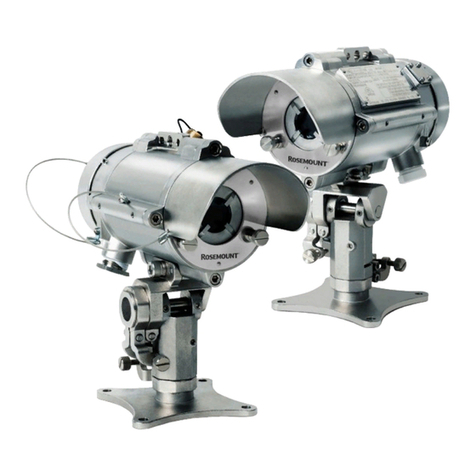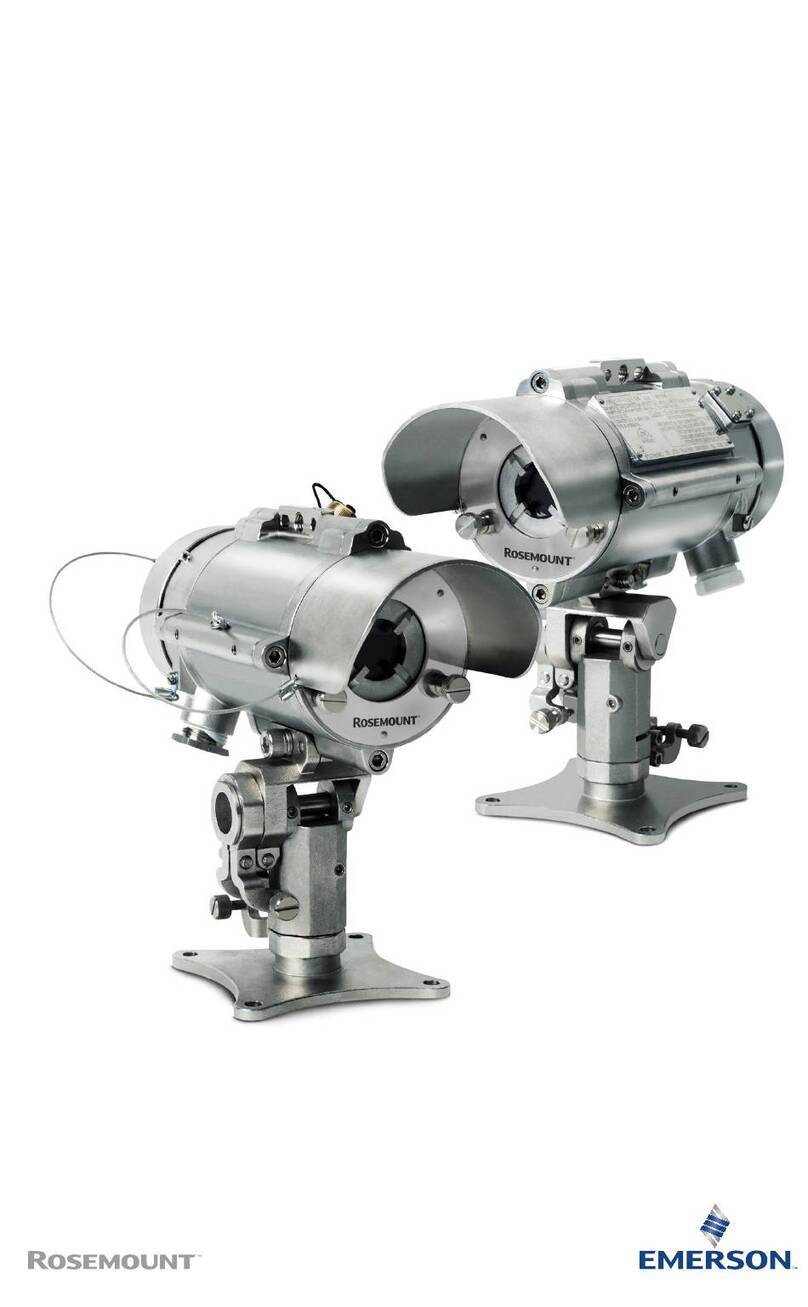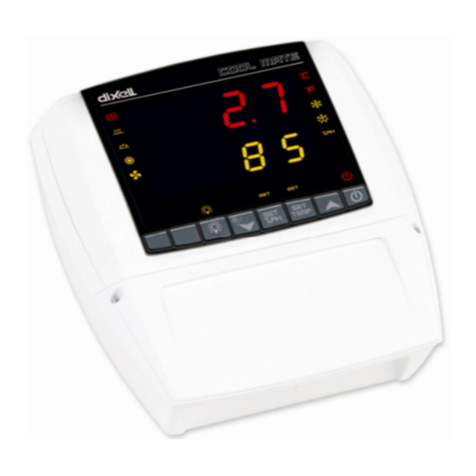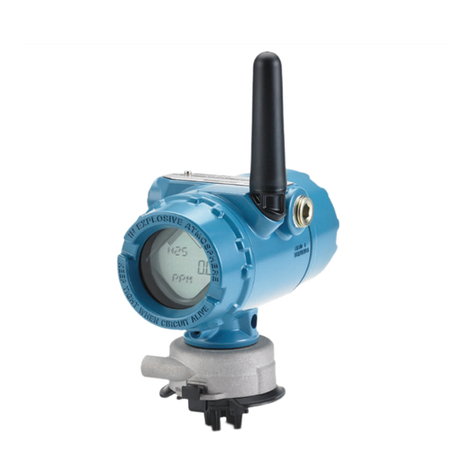
Table of Contents • i
TABLE OF CONTENTS
1 INTRODUCTION.......................................................................................................................................................... 1
1.1. OVERVIEW .................................................................................................................................................................... 1
1.2. DETECTION OPTIONS .................................................................................................................................................... 1
1.2.1. Broadband vs. Gas Specific .................................................................................................................................. 1
1.2.2. Broadband Gas Detection..................................................................................................................................... 1
1.2.3. Detecting Specific Gases....................................................................................................................................... 2
1.3. REMOTE CONTROLLER OPTIONS .................................................................................................................................. 3
1.4. PARTS LIST ................................................................................................................................................................... 3
1.5. SPECIFICATIONS ............................................................................................................................................................ 3
2 MOUNTING THE GAS DETECTOR......................................................................................................................... 4
2.1. WARNINGS AND PREREQUISITES .................................................................................................................................. 4
2.2. MOUNTING LOCATIONS ................................................................................................................................................ 4
2.2.1. General Placement Guidelines ............................................................................................................................. 4
2.2.2. Machinery Rooms ................................................................................................................................................. 4
2.2.3. Refrigerated Spaces .............................................................................................................................................. 5
2.2.4. Chillers.................................................................................................................................................................. 5
2.3. MOUNTING PROCEDURE ............................................................................................................................................... 5
3 WIRING AND CONFIGURATION ............................................................................................................................ 7
3.1. OVERVIEW .................................................................................................................................................................... 7
3.2. WIRING SUPPLY POWER (24VAC OR 24VDC) ............................................................................................................ 7
3.3. WIRING ALARM OUTPUT (ANALOG SIGNAL)............................................................................................................... 8
3.4. WIRING THE DIGITAL ALARM OUTPUT RELAY............................................................................................................ 8
3.5. FINISH INSTALLATION .................................................................................................................................................. 9
4 OPERATION AND STABILIZATION..................................................................................................................... 10
4.1. POWER UP AND WARM UP......................................................................................................................................... 10
4.2. STABILIZATION ........................................................................................................................................................... 10
4.3. PERFORM A MANUAL ZERO ....................................................................................................................................... 10
4.4. ALARMS...................................................................................................................................................................... 10
4.5. GAS DETECTOR FAULTS ............................................................................................................................................. 10
4.5.1. Overview ............................................................................................................................................................. 10
4.5.2. Non-Critical Faults ............................................................................................................................................. 11
4.5.3. Critical Faults ..................................................................................................................................................... 11
5 CONFIGURE THE GAS DETECTOR ..................................................................................................................... 12
5.1. USER INTERFACE OVERVIEW ..................................................................................................................................... 12
5.2. SETTING PARAMETERS ............................................................................................................................................... 12
5.2.1. Overview ............................................................................................................................................................. 12
5.2.2. Configuration Parameters .................................................................................................................................. 12
5.3. COMPLETING SETUP ................................................................................................................................................... 15
6 FUNCTIONAL TESTS AND ADJUSTMENTS....................................................................................................... 16
6.1. INTRODUCTION ........................................................................................................................................................... 16
6.2. BUMP TESTING VS. ADJUSTING DETECTOR RESPONSE .............................................................................................. 16
6.3. BUMP TESTING ........................................................................................................................................................... 17
6.4. ADJUSTMENT USING CALIBRATION GAS.................................................................................................................... 18
7 TROUBLESHOOTING .............................................................................................................................................. 19
